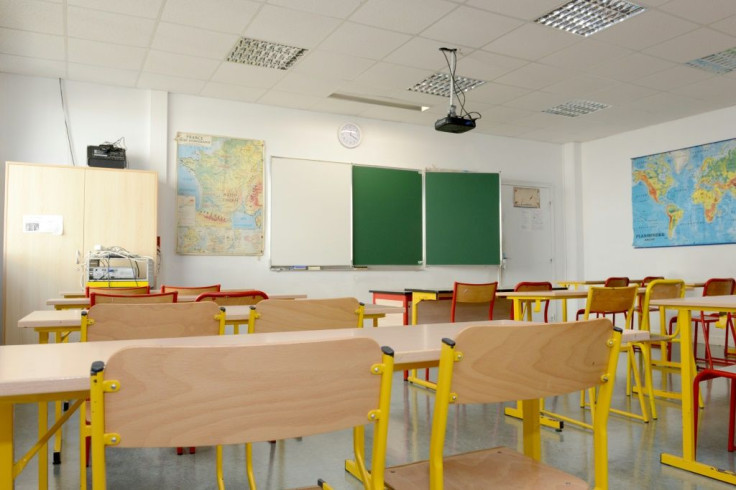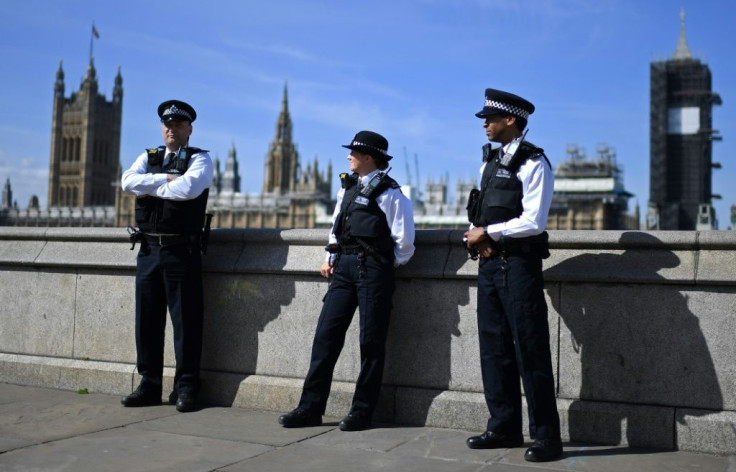Coronavirus Social Distancing May Be Needed Until 2022, Harvard Research Reveals

KEY POINTS
- A Harvard study said repeated impositions of social distancing might be required to prevent hospitals from being overwhelmed by patients
- COVID-19 will become a seasonal affliction, much like the common flu
- The study claimed even if SARS-CoV-2 is eliminated, surveillance should be maintained since a resurgence might be possible in 2024
Social distancing measures, whether strict or otherwise, will likely remain with us until 2022 because the absence of a widely-used vaccine meant the potential still remained for COVID-19 to again wreak havoc on the world when it makes a comeback.
A new study based on computer models by Harvard disease scientists and published in a peer-reviewed journal, Science, contended people worldwide might still need to practice on-and-off social distancing until 2022 to stop COVID-19 from again exploding and overwhelming hospital systems. It also said lifting social distancing measures almost simultaneously risks simply delaying the pandemic's peak and making it more severe later on.
Among the study's other findings was the distressing news COVID-19 was here to stay (much like influenza or the flu) and will inflict illness and death upon the world every year. One model showed 20 weeks of measures to limit transmission of SARS-CoV-2 (severe acute respiratory syndrome coronavirus 2), the virus that causes COVID-19, were followed by an epidemic peak as great as an uncontrolled spread.
“The social distancing was so effective that virtually no population immunity was built,” said the researchers about this scenario. The study also noted if the virus was more transmissible in colder months, delaying the peak into the autumn might worsen the strain on healthcare systems.
To avoid these dire outcomes, on-and-off, or intermittent, social distancing measures might be needed until 2022. Precluding this outcome will be to increase hospital capacity or develop effective vaccines and treatments.
The study foresaw recurrent wintertime outbreaks of SARS-CoV-2 in 2020 will likely occur after the initial and most severe pandemic wave now being experienced. It pointed out, without other interventions, a key metric for the success of social distancing is whether critical care capacities are exceeded.
"To avoid this, prolonged or intermittent social distancing may be necessary into 2022," wrote the authors. "Additional interventions, including expanded critical care capacity and an effective therapeutic, would improve the success of intermittent distancing and hasten the acquisition of herd immunity."
The study said even in the event of the apparent elimination of SARS-CoV-2, surveillance should be maintained since a resurgence might be possible as late as 2024.
The Harvard study was entitled, "Projecting the transmission dynamics of SARS-CoV-2 through the postpandemic period." Its authors were Stephen M. Kissler, Christine Tedijanto, Edward Goldstein, Yonatan H. Grad and Marc Lipsitch.
Kissler later said he and his fellow researchers found one-time social distancing measures were likely to be insufficient to maintain the incidence of SARS-CoV-2 within the limits of critical care capacity in the United States.
"What seems to be necessary in the absence of other sorts of treatments are intermittent social distancing periods," he said.

© Copyright IBTimes 2025. All rights reserved.





















